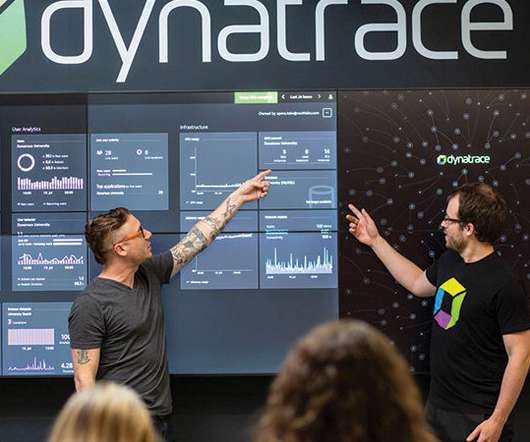Sustainability Talks and Updates from AWS re:Invent 2023
Adrian Cockcroft
NOVEMBER 26, 2023
Google Cloud and Microsoft Azure released Scope 3 data in 2021. The last number I saw was “over 20GW”, and Amazon has much better global PPA coverage, including India and China, than Google Cloud and Microsoft Azure, who have very few PPAs in Asia.













Let's personalize your content